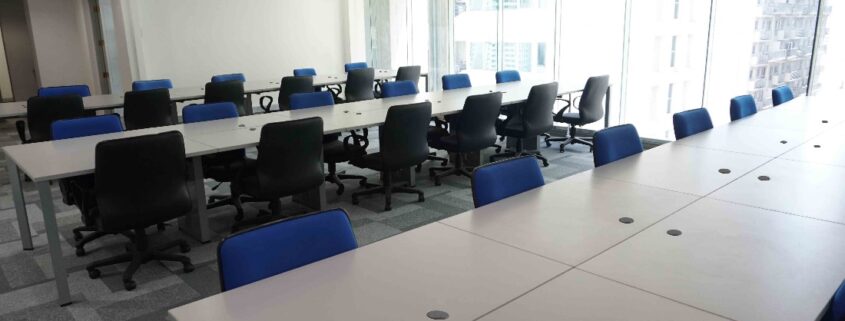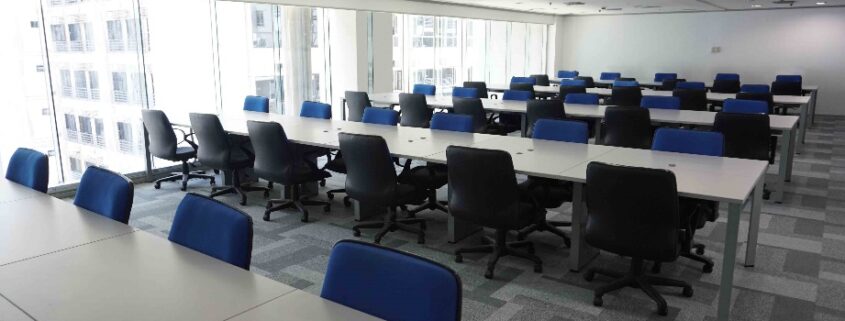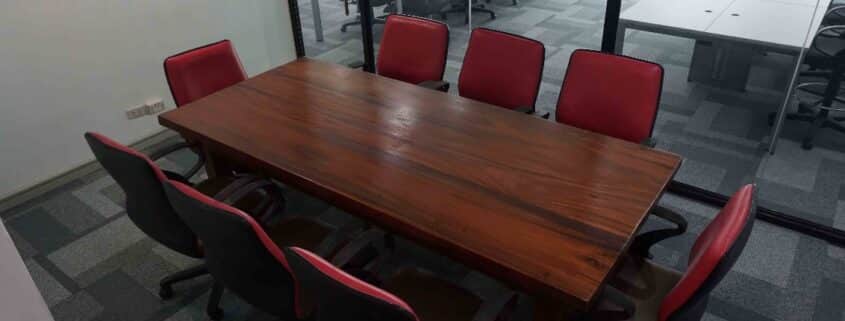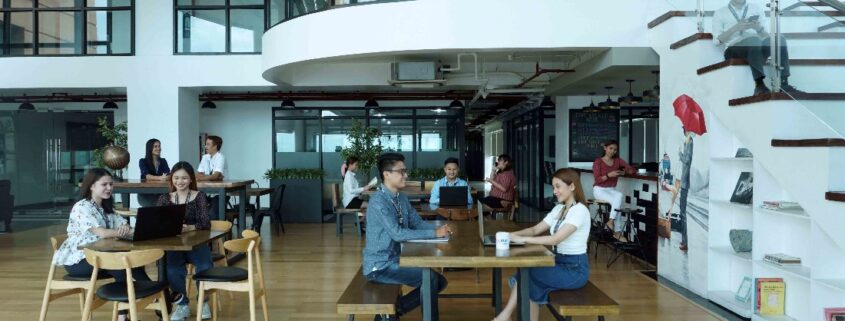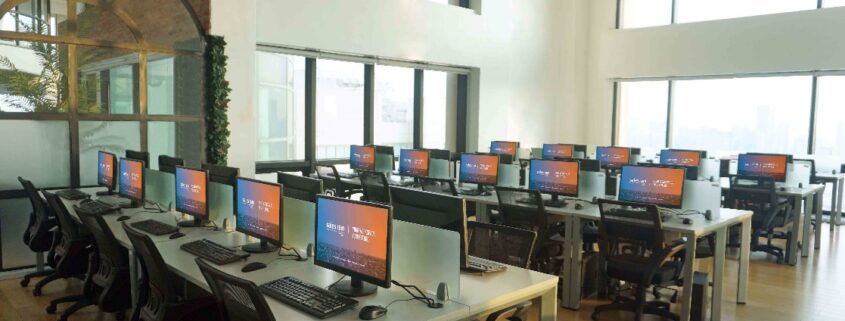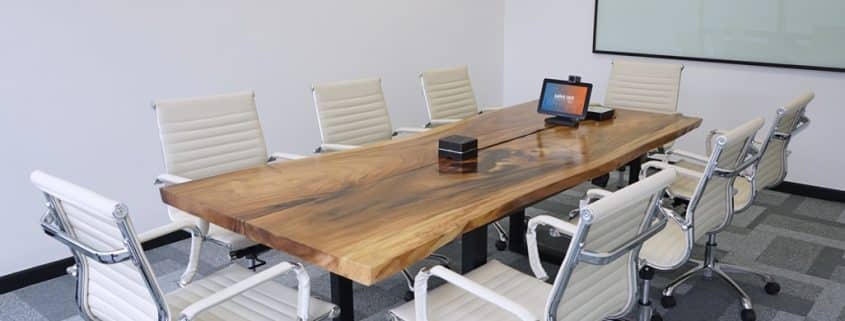Serviced and Executive Offices – A New Home for a Business in Makati
Business process outsourcing, or the BPO industry, is currently one of the most revolutionary industries in the economy today. With the growth and development of businesses these days, there is a lot to anticipate in terms of companies. Along with that, the roles and responsibilities of working professionals have also increased. That is one of the main reasons why the use of serviced offices has elevated over the years. These offices can be rented temporarily, providing a safe and secure working space for professionals.
When choosing the right location for serviced and executive offices, Makati is one of the few places that provide the best benefits for the people. There are various options for serviced offices for the local and foreign offices setting up their business operations in Makati City. Makati is the financial capital of the Philippines and hence is an ideal location for serviced offices.
This article will discuss some benefits of leading Makati’s serviced and executive offices.
-
Immediate Customizable Solution
When you are looking to avail yourself of a serviced office in Makati, it is the need of the hour to look for a customizable business location. Sometimes, people don’t have the time to wait to have a concrete building as an office. It takes a lot of effort to construct your own office space. Hence, the best thing to do in that case is to get the serviced offices and executive workspace in Makati.
-
Flexible Lease Agreements
The offices and serviced workspaces in Makati tend to have more flexible lease agreements when compared to the other conventional office spaces. Since there are fewer restricted leasing options for the people out there, businesses can efficiently allocate their working stations within a brief period. Not to mention that it becomes straightforward and efficient for the clients to contract or expand the size of the offices in the first place.
3. Cost-Effective Solutions
Finding a serviced offices Makati is one of the most plausible options for setting up an office space. There are a lot of maintenance and operative costs to set up concrete office spaces and working stations. Hence, choosing the serviced offices is one of the most cost-effective solutions for professionals.
-
Flexibility
One of the main advantages of serviced offices is their flexibility. These office spaces will allow freelancers, individuals, and startups to ensure that they can maintain an effective office environment without having to take responsibility for the location with plug-and-play facilities.
-
Networking Opportunities
Serviced offices also allow groups and individuals to work closely together even though they belong to specific different organizations. These people get a chance to connect to find the best networking possibilities. They are flexible enough to adapt to you and your team.
Wrapping Up,
Finding the right services office and executive working space will be an ideal solution for businesses. If you are looking for a reliable service provider to help you with serviced offices in Makati, choose Sales Rain for the services right now.
Start your business immediately and experience uninterrupted workflow with our customizable office solution. Learn more at https://salesrain.com/makati/

